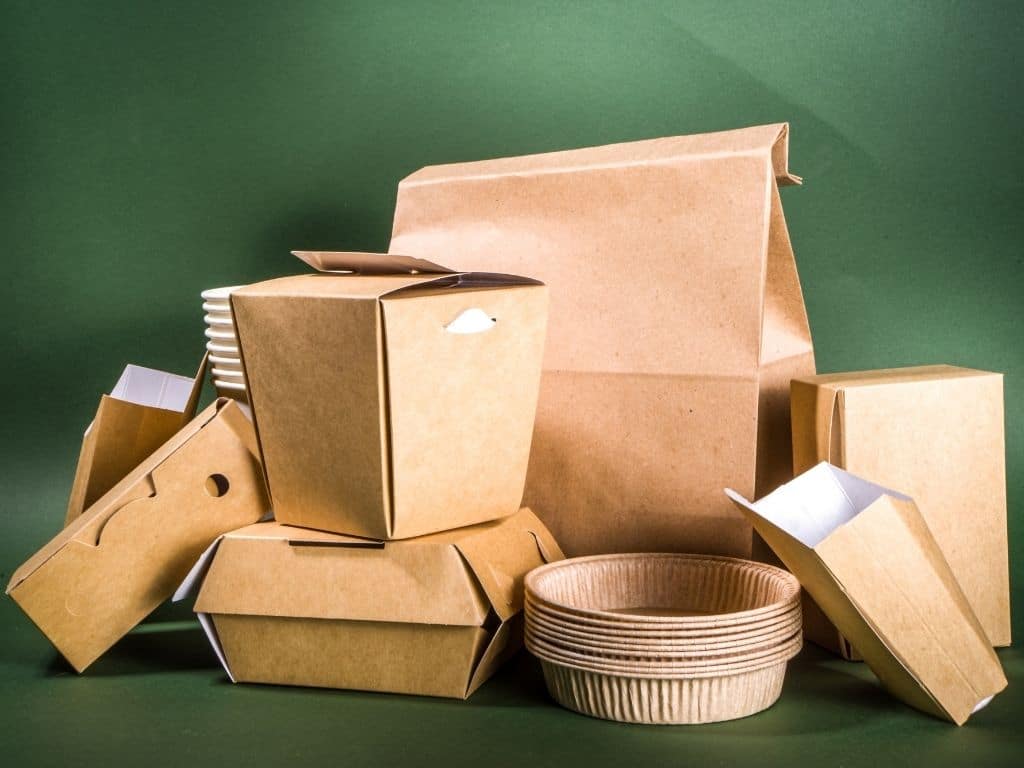Eco Friendly Packaging

Eco-Friendly Packaging: A Step Toward a Sustainable Future
In today’s world, where environmental concerns are at the forefront, eco-friendly packaging has become more than just a trend — it’s a necessity. Businesses and consumers alike are recognizing the importance of reducing waste and conserving natural resources. Eco-friendly packaging offers a solution that benefits the planet while maintaining quality and functionality.
What is Eco-Friendly Packaging?
Eco-friendly packaging, also known as sustainable or green packaging, refers to materials and designs that have minimal environmental impact. It focuses on reducing waste, conserving energy, and using renewable or recyclable resources. The goal is to protect products while ensuring the packaging can either be reused, recycled, or biodegraded without harming the ecosystem.
Key Features of Eco-Friendly Packaging
♻️ Recyclable Materials:
Packaging made from paper, cardboard, glass, or certain plastics that can be reprocessed into new products.
🌱 Biodegradable and Compostable:
Materials that naturally decompose without leaving toxic residues, such as cornstarch, bamboo, or sugarcane fibers.
🌍 Minimalism in Design:
Using less material and avoiding unnecessary layers or coatings helps reduce waste and energy consumption.
💧 Non-Toxic Inks and Dyes:
Water-based or soy-based inks are preferred over chemical-based options that can harm the environment.
Benefits of Eco-Friendly Packaging
Reduces Pollution:
By using biodegradable or recyclable materials, less waste ends up in landfills and oceans.
Saves Energy:
Manufacturing sustainable materials typically requires less energy than producing traditional plastics.
Enhances Brand Image:
Consumers increasingly prefer brands that care for the environment. Sustainable packaging helps build trust and loyalty.
Supports Circular Economy:
Encourages reuse and recycling, promoting a continuous loop that minimizes resource extraction.
Examples of Eco-Friendly Packaging Materials
Kraft Paper and Cardboard: Widely used for boxes, bags, and wrapping.
Plant-Based Plastics (PLA): Derived from renewable sources like corn starch.
Mushroom Packaging: Grown from agricultural waste and completely compostable.
Recycled Paper and Glass: Reduces raw material usage and energy consumption.
Challenges in Adopting Eco-Friendly Packaging
While the advantages are clear, there are still barriers:
Higher production costs for sustainable materials.
Limited availability of recycling facilities in some regions.
The need for consumer education on proper disposal methods.
The Future of Eco-Friendly Packaging
The future looks promising as innovation continues. Companies are investing in smart, biodegradable materials, reusable containers, and zero-waste packaging systems. Governments and environmental organizations are also promoting green policies that encourage sustainable practices across industries.
Conclusion
Eco-friendly packaging is not just about changing materials — it’s about changing mindsets. By embracing sustainability, businesses and consumers can work together to protect the planet for future generations. Every small choice, from using a paper bag to supporting brands with green packaging, makes a difference in building a cleaner, healthier world.
